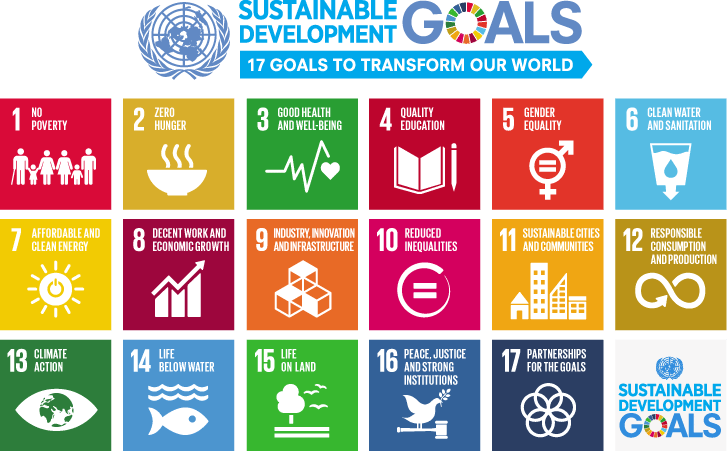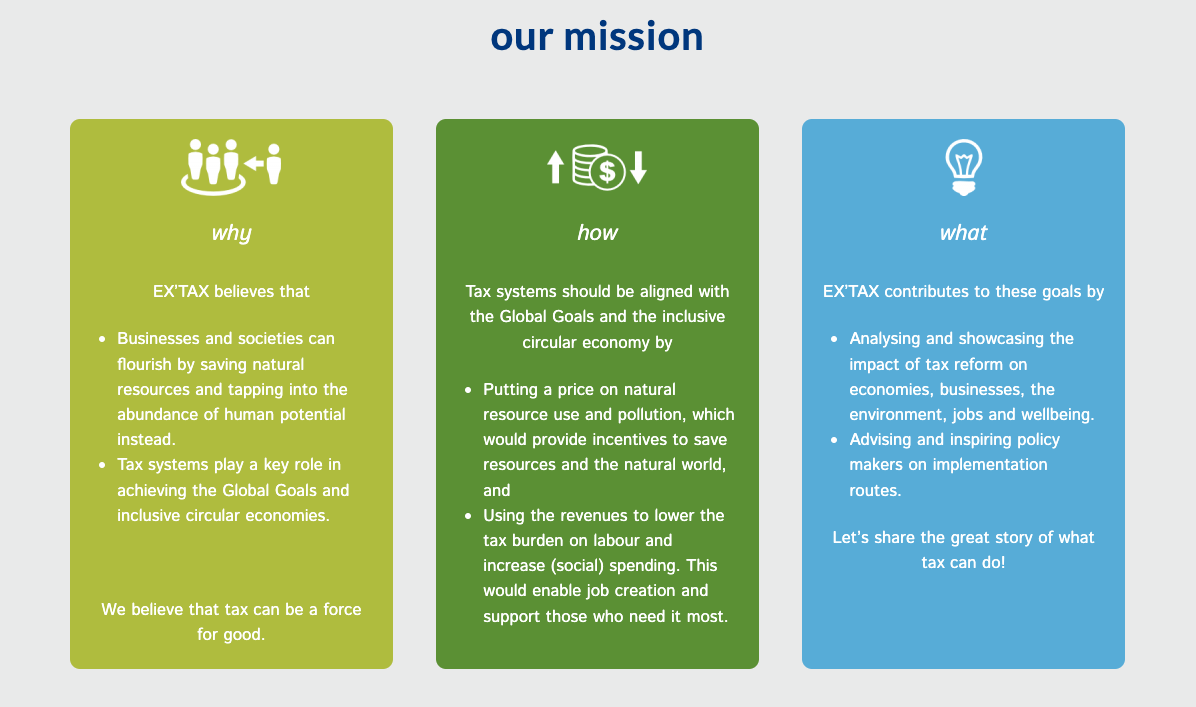How a Different Taxation Approach Can Push Sustainable Design Forward
As we contemplate the future, the challenge of forging a sustainable world becomes increasingly evident. Meeting this challenge requires innovative strategies that can be a major driver for economic reform. To achieve this vision of transformation aligning with principles such as sustainable design and circular economy would be the first step, paving the way to reduce our environmental impact and make a more sustainable future possible. A concept that is currently gaining momentum as a first step in this direction is the shift of taxation from labour to resources. This shift in taxation could significantly impact what we see as the right approach to design sustainabily, by making it more economically attractive for companies to use recycled materials and to reduce the overall amount of materials as much as possible. But what is the precise connection between this tax shift and sustainable design? This article aims to explore this relationship and dive into its potential benefits for our economy and the environment.
Beyond Eco-Friendly Aspects
We see sustainable design as a comprehensive approach that aligns closely with the Sustainable Development Goals (SDGs) of the United Nations. It goes beyond simply reducing the environmental impact and focuses on the entire life cycle assessment of a product. By using the energy and resources efficiently and aiming for no waste and minimising pollution, sustainable design embodies the principles of responsible consumption and production, and a product following this approach directly support Goal 12 of the SDGs.
Unlike green design, which focuses mainly on individual eco-friendly aspects, for sustainable design we consider the broader picture. It recognises the complex interconnection of environmental, social, and economic factors and aims to create a circular design that resonates with the holistic approach of the SDGs. By striving to create resilient and adaptable solutions, sustainable design contributes to other key goals, such as climate action, Goal 13, and for example decent work and economic growth, Goal 8, ensuring that we take significant steps towards a more sustainable future.
As a result, this approach not only reduces harm but also seeks to create positive impacts on the planet, respecting our ecosystem’s delicate balance and ensuring its longevity for future generations. By embracing sustainable design, we take a significant step towards fulfilling the global commitment to a sustainable future as outlined by the United Nations.

The 17 Sustainable Development Goals. Source: United Nations.
How Do Design and Taxation Intersect in the Current Scenario?
Despite the clear advantages of sustainable design, the existing taxation structure does not sufficiently incentivise it:
- Labour Taxes and Resources: Current labour taxes indirectly foster the overuse of materials and energy consumption, leading to a negative impact on the environment and the planet. As a result, businesses often opt for more resource-intensive processes to reduce labour costs, which can also cause unemployment.
- Resource Taxes: Generally untaxed, non-renewable resources are used unrestrained, causing environmental impacts such as unemployment, overconsumption, and pollution.
- A New Tax Approach: Shifting away from labour taxation to environmental taxes, fit for purpose, has the potential to stimulate employment and change behaviour in favour of more sustainable consumption and production.
“Shifting away from labour taxation to environmental taxes that are fit for purpose, with due consideration of possible distributional effects, has the potential to stimulate employment and change behaviour in favour of more sustainable consumption and production.”
From: European Commission (2021), Annual Report on Taxation 2021.
“The tax system is a powerful tool to shape economic activity and combat systemic issues, providing a conducive environment for a circular economy”
From: Ellen MacArthur Foundation (2021), Shaping incentives to enable a circular, low-carbon economy.
The Transformative Potential of Shifting Taxation
To achieve this vision of the circular economy that aligns with principles of circular design and energy-efficient products, a significant shift in our taxation approach is inevitable. This involves designing a strategy to reduce taxes on labour and increasing taxes on resource consumption and energy use. So instead of encouraging resource-intensive processes, this policy change can be the reason for companies to embrace sustainable design for their products, leading to the development of a more sustainable product design. Businesses are encouraged to reconsider the product its life cycle through a life cycle assessment, from design to disposal. This innovative change in fiscal policy has the potential to catalyse a profound transformation in the design industry, an example of such as strategy is explained in the Taxshift report of the Ex’tax project¹.

Ex’taxs mission statement. Source: Ex’tax.
¹ The Ex’tax Project Foundation is an independent think tank striving towards an update of our tax systems to combat global challenges, such as climate disruption, resource supply risks and unemployment.
1. Driving Sustainability
Higher resource taxes would stimulate the design and manufacture of energy-efficient products that reduce energy consumption, as well as products that use fewer materials. This shift would propel us toward a circular economy where there is no waste, and materials are reused and recycled to a much greater extent, significantly reducing the strain on natural resources.
2. Encouraging Repair and High-Quality Recycling
Reduced labour costs would make it economically viable to set up businesses focusing on product stewardship, disassembling products for repair or high-quality recycling. This could encourage a shift towards a more circular design approach, where products are not just discarded but are instead refurbished, repaired, or recycled, further supporting the principles of a sustainable and circular economy.
3. Fostering Job Growth
Lower labour taxes could stimulate employment by making human resources more affordable for businesses. This could lead to greater social equity and a more balanced distribution of wealth, fostering a sustainable future.
Anticipating Challenges and Addressing Criticisms
The European Environement Agency discusses the role of taxation in supporting sustainability transitions in one of their briefings, showing that the shift from labour to resource taxation is a radical idea which sometimes shows unexpected results and is therefore not without challenges:
- Global Implementation: Creating a global tax system that can accurately monitor and administer these new taxes could be logistically and administratively challenging.
- Uneven Impact: Certain industries or regions that rely heavily on resource extraction could be disproportionately impacted, leading to potential economic disparities.
In other words
Despite the challenges, the shift in taxation is essential to propel sustainable products and design forward. This strategy is fundamental for a robust circular economy that respects the environment, fosters social equity, and supports economic growth. By considering the environmental footprint of products and implementing principles of circular design, we can transform our economy into a model that aligns with sustainability. The road may be steep, but this way, the vision of a more sustainable future for our planet makes the journey a worthwhile endeavour. By dedicating our efforts to sustainability and recognising that the sustainability of the design process and its life cycle has its own value, we move closer to what a future would look like where there is no waste, where environmental and social factors are considered in every aspect of design, and where every step we take is a step towards a better world.
